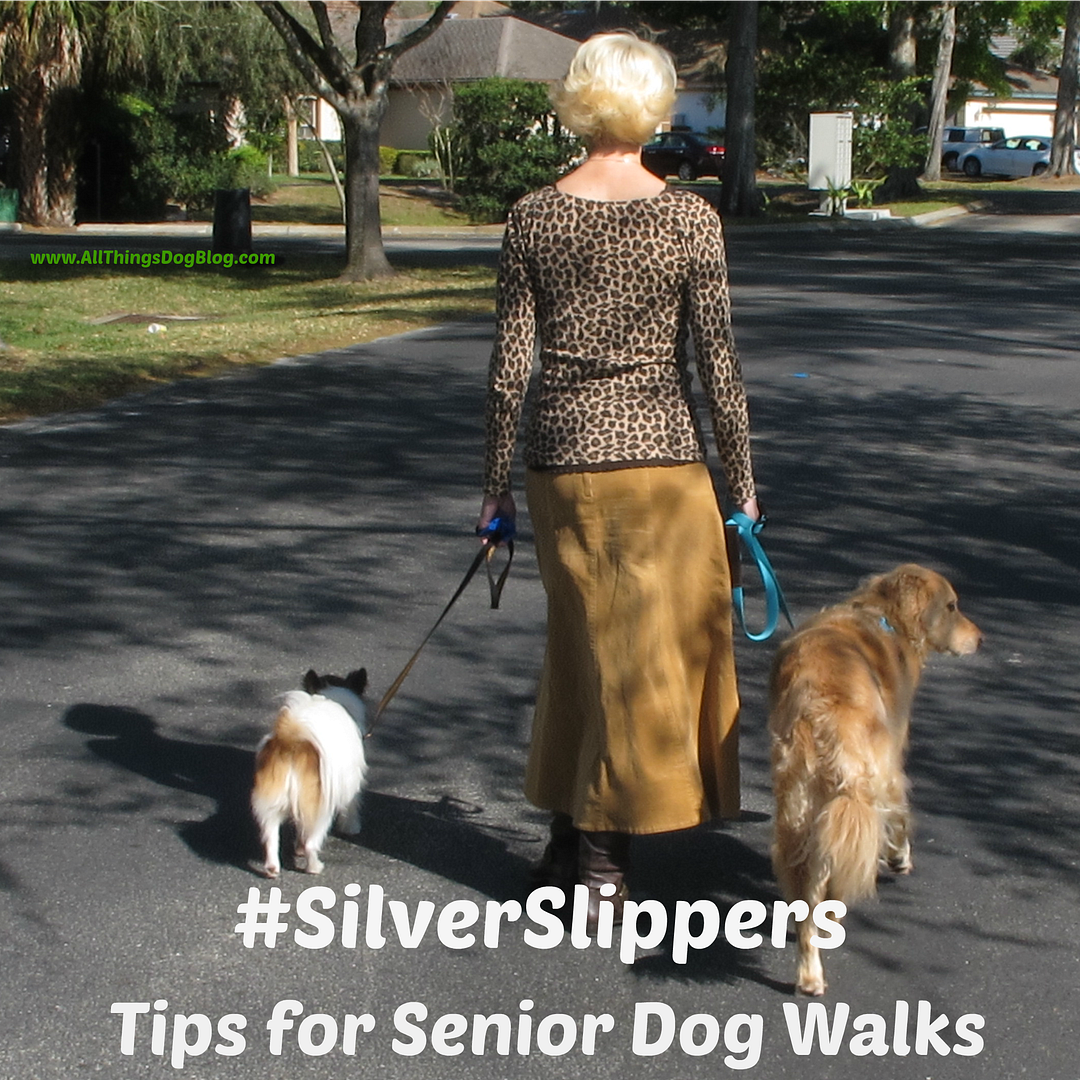 |
| © courtesy Pawns via Flickr |
My dog has heart failure. What should I expect as he deteriorates? Apart from the obvious which I can’t bare L x
-----------------------------------------------------------
@peppyrush, heart failure is a difficult diagnosis to hear; I certainly understand the difficulty you are experiencing right now. I will discuss briefly how the heart works, what heart failure is, how to slow the process, and what to expect when the end is near.
On a basic level, the heart and the cardiovascular system is all plumbing and electricity. The heart is a 4-chambered pump and is divided into two halves, the right side and the left side. Each half has an atrium and a ventricle. Blood enters each half via the atrium and exits through the ventricles. Blood that has to be re-supplied with oxygen travels through the veins and enters the heart in the right atrium. The blood then passes through a valve (tricuspid valve) into the right ventricle. From the right ventricle blood is pumped out of the heart and into the lungs where the blood becomes oxygenated again. The blood gets pumped back into the heart via the left atrium, passes through another valve (mitral valve) into the left ventricle, and them back out to the body via the aorta. There are many other structures and valves present, but these are the main players that we need to know about in order to understand the process of heart failure.
Heart failure arises when the heart becomes too enlarged to properly contract and blood is unable to efficiently circulate through the body. This process usually develops over time in older animals, but can progress rapidly and is occasionally seem in young animals that were unlucky enough to receive some bad genes. Heart failure means that both the tricuspid AND the mitral valve become very leaky. This is what a heart murmur is. Most murmurs that people are familiar with occur on the left side of the heart. Many of these are “innocent” murmurs and require no treatment, but they should be monitored closely.
Usually failure begins on the left side. A leaky mitral valve will lead to a backflow of blood into the left atrium, which leads to congestion in the lungs, which causes coughing and difficulty breathing. A leaky tricuspid valve will lead to a backflow of blood into the right atrium, which will lead to organ congestion (liver and spleen) and eventually leaking of fluid into the abdomen (ascites) because the blood in the veins has no place to go and the pressure in the veins become MUCH higher than it ever should be.
Treatment is designed to slow the process of failure. I guess management is a more appropriate term vs treatment because, unfortunately, we cannot cure heart failure, only slow it down. There are 4 main classes of drugs that we use, some that decrease the natural resistance of the blood vessels by opening them (vasodilators), some that increase the heart's ability to contract, some that help to correct electrical conduction abnormalities, and some to help control excessive fluid (diuretics). There are other things that can help as well; they include a high quality, low sodium diet, omega-3 fatty acids (fish oil), Co-enzyme Q-10, and Taurine.
Eventually, all of these efforts begin to fail. We can only get a weakened heart muscle to contract so much. As the disease progresses we start so see more fluid build up in the abdomen and in the lungs. When this happens, increasing the dose of the diuretics and using more than one diuretic can help, but that only works for so long. You will start to see a greater decline in activity level and more exercise intolerance, as well as coughing.
It is often very difficult to make the decision of when it is appropriate to euthanize because they can have good days and bad days. Many people think that the time to make this decision is when their dog stops eating; this is not my only criteria. We need to look at the over-all picture. Is your dog still able to be a dog? Can she get up and walk around? Does she still do most of the things she enjoyed in the past? Does she just lie around in mostly one spot all day long? How far can she walk without having to rest? These are the questions we should be asking when trying to make such a difficult decision.
There will always be doubts and second-guessing. Even when we know it’s time and it’s the right thing to do, it doesn’t make the decision any easier. My heart goes out to you in this difficult time. If you have any other, or more specific questions, please do not hesitate to ask.
Dr. Mark
 |
| © courtesy M.N. |
Have a question for Dr. Mark? Send it to LetsAdoptaDogPark@gmail.com. You can also follow Mark on Twitter.









































0 comments:
Post a Comment